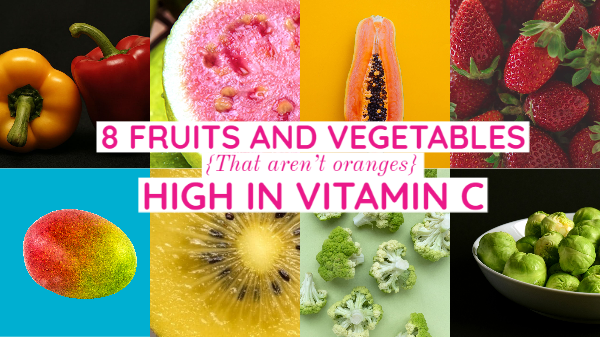Twenty-four hours ago, my husband and I sat in our home office starting the day.
He was going through his morning news headlines and said something offhand about being glad he wasn’t on famotidine, the active ingredient in Pepcid AC.
Apparently, it’s the new COVID-19 miracle cure and stores are selling out fast.
This gives me heartburn for a whole different reason.
My husband has to take high doses of antihistamines for a rare disease, and already lost Zantac back in the fall, due to an FDA recall. Famotidine is his allergist’s back-up, but he’s trying an alternative therapy for now.
I hope whatever trend has famotidine flying off shelves either eases off or increases production, just in case we need it in the near future.
From tonic water to hand sanitizer and toilet paper, consumers are stocking up on a wide array of things during this pandemic.
There’s one, at least, benefitting the fresh produce industry.
Vitamin C also has been linked to COVID-19, either through strange conspiracy theories on memes, or the simple (and scientifically proven) immunity boost.
And it’s been a boon for navel oranges at retail, an item that has had sluggish demand over the years. Orange volume and dollars are up nearly 60% in the five weeks ending April 19, according to the latest numbers from IRI Worldwide.
But we have to remember that oranges are the Marcia Brady of Vitamin C in the produce department. High, but maybe overinflated in importance.
 A medium navel orange has 70 micrograms of Vitamin C, according to the U.S. Department of Agriculture.
A medium navel orange has 70 micrograms of Vitamin C, according to the U.S. Department of Agriculture.
Many, many fruits and vegetables are high in Vitamin C.
Here are eight other all-stars:
- Bell Peppers – a cup of chopped red bell pepper has 190 micrograms.
- Guavas – a single, tiny little guava has 126 micrograms. I bet you can’t eat just one!
- Papayas – one papaya averages 235 micrograms.
- Strawberries – one cup of sliced strawberries has 100 micrograms.
- Mango – an average mango has 122 micrograms
- Kiwifruit – a gold kiwifruit has 91 micrograms, and a green kiwifruit has 70.
And, lest you think it all has to be sweet:
- Broccoli – a cup of broccoli has 82 micrograms; and
- Brussels sprouts – a cup has 75 micrograms.



